General Information of Bru Van Kieu Ethnic Group
The Bru Van Kieu Ethnic Group, also known simply as Bru, is a community of approximately 40,132 people. They are not a homogeneous group but consist of various local subgroups, including the Van Kieu, Tri, Khua, and Ma Cong. The Bru language, which belongs to the Mon-Khmer language group within the Austroasiatic language family, is their primary means of communication. It bears similarities to the languages spoken by the Tay Oi and Cotu people.
In recent years, a new Bru writing system has emerged, using Latin transcription. It’s important to note that there are slight variations in vocabulary and phrases among different sub-groups of the Bru.
History
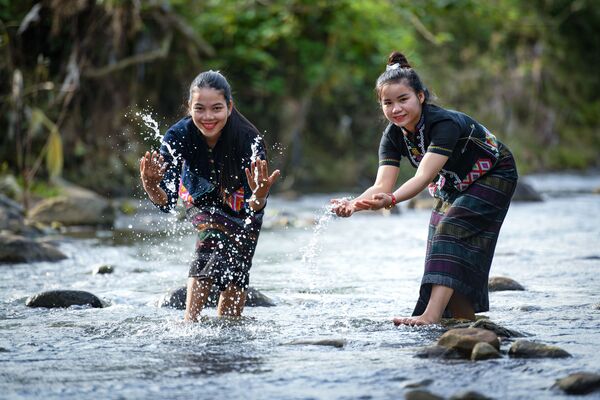
Bru – Van Kieu people
The history of the Bru Van Kieu people is a testament to their resilience and cultural heritage. Their roots run deep, and they have preserved their traditions for generations. Understanding their history is essential to appreciating their culture fully.
Tradition of Bru Van Kieu Ethnic Group
Costume
One fascinating aspect of Bru culture is their traditional attire. Men often wear loin cloths, while women don dresses with sleeves blouses or pullovers. The Bru people source textiles from neighboring Laos, but it’s worth noting that the influence of Vietnamese fashion is becoming more prominent, especially with the continued use of cloth wrappers. In the past, clothing was crafted from tree bark fibers. Traditional adornments like chains, necklaces, and earrings hold a special place in their attire.
Married women typically wear their hair wrapped in a bun or chignon on the top of their heads, while unmarried girls often have the chignon at the center top.
Housing
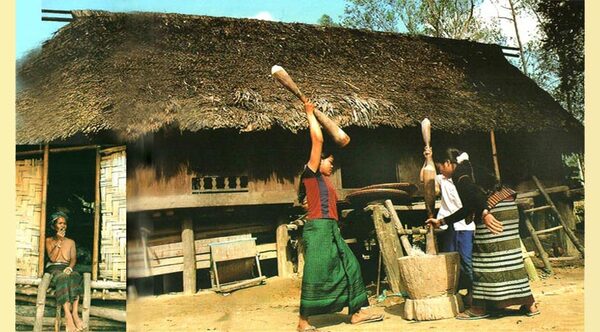
Bru – Van Kieu ethnic people’s house
The Bru Van Kieu people typically reside in small houses built on stilts. These villages are strategically located near rivers or streams, with houses arranged in a circular fashion around a communal house. This unique housing arrangement reflects their connection to nature and waterways.
Traditional Customs
Marriage
Marriage customs among the Bru Van Kieu are steeped in tradition. The bride is traditionally brought to her husband, and the wedding is organized by the groom’s family. Symbolic wedding gifts include a sword and a bronze cooking pot. After the initial wedding, a “second wedding” called the Khoi ceremony is held when the couple has accumulated sufficient economic resources. This ceremony marks the wife’s official acceptance into her husband’s family.
Cross-marriages within the family lineage are encouraged, further strengthening familial bonds.
Funerals
Funeral customs in Bru culture are unique and respectful. The deceased is laid across the house floor, with the feet typically pointing towards specific directions based on sub-groups. The funeral is typically held a few days after the passing, and the deceased is laid to rest in the village’s common graveyard. The coffin, made from soft wood, is covered, and in the past, the deceased was wrapped in bark or a bamboo-woven sheet.
Festivals
The Bru Van Kieu people celebrate various festivals that are intricately linked to their agricultural cycles. These celebrations mark significant stages of farming, including clearing the fields, sowing seeds, and the harvest. Buffalo sacrificing ceremonies and Tet (the Lunar New Year) are among their most important festivals, celebrated with great enthusiasm.
Artistic Activities
The Bru people have a rich oral tradition, with a wealth of tales about the origin of local family lineages and more. Folk singing, including chants between men and women, songs of greetings, and sad sung stories, is a popular form of artistic expression. Their musical heritage includes gongs, drums, string instruments like achung, plua, and talu, and wind instruments like aman, taral, kho lui, and pi.
The Bru Van Kieu Ethnic Group offers a captivating glimpse into the diverse and colorful tapestry of Vietnam’s ethnic cultures. Their unique traditions, rich history, and vibrant culture make them a remarkable community worth exploring.
Remember, if you’re planning a tour in Vietnam, make sure to explore the rich culture and traditions of the Bru Van Kieu people, as it will undoubtedly add a unique and enriching dimension to your travel experience.

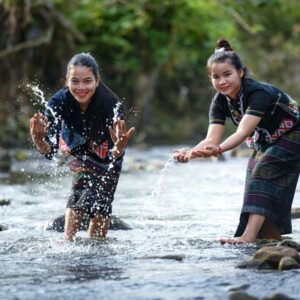







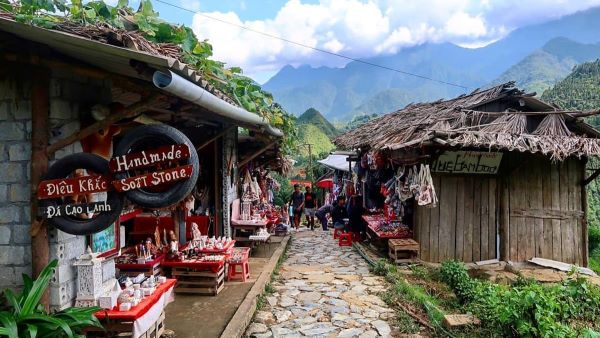
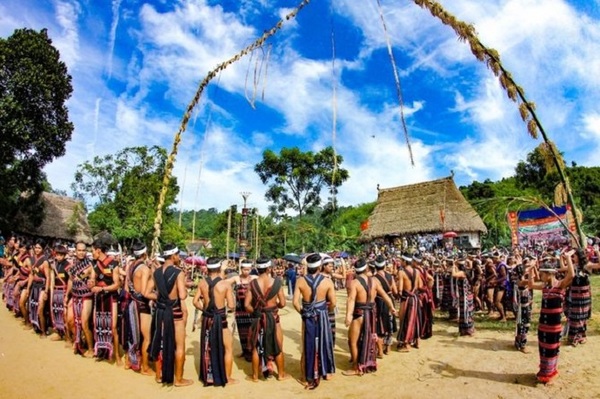
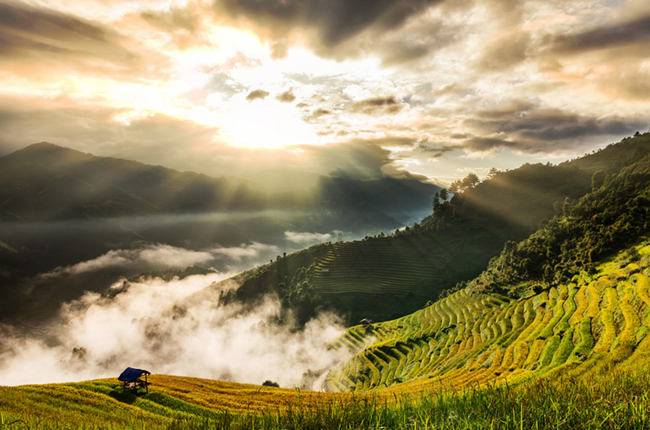


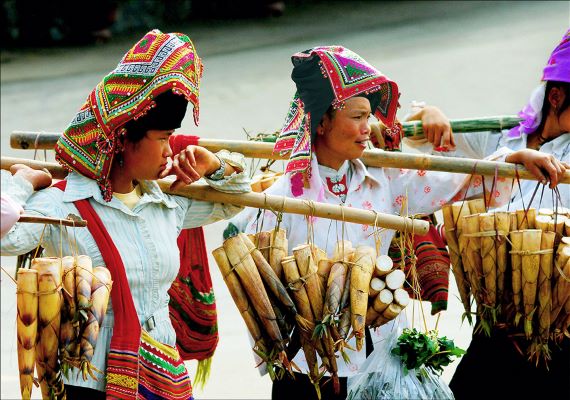
There are Bru people living in North East India in the state of Tripura and Mizoram! I wonder whether they are same or different. They speak Kaubru language and their tribe is also called as Reang or Riang.
Thank you for sharing this. I think they are related because they are scattered around the countries of Southeast Asia. There are also many similarities in their cultural features.